Yudi Li
CTSN: Predicting Cloth Deformation for Skeleton-based Characters with a Two-stream Skinning Network
May 30, 2023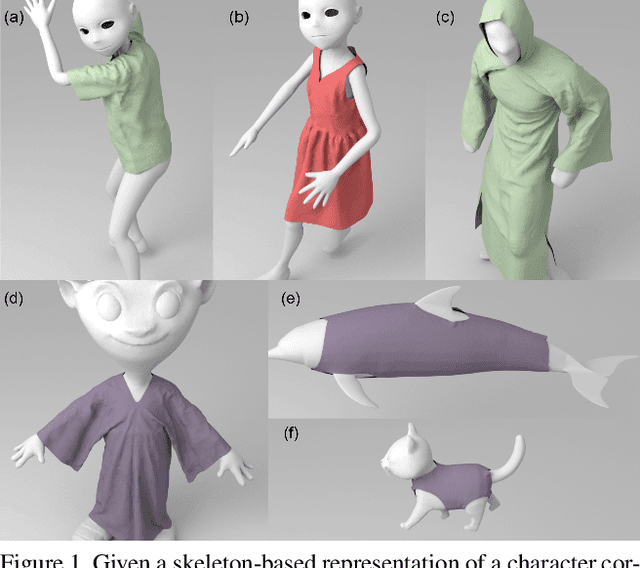
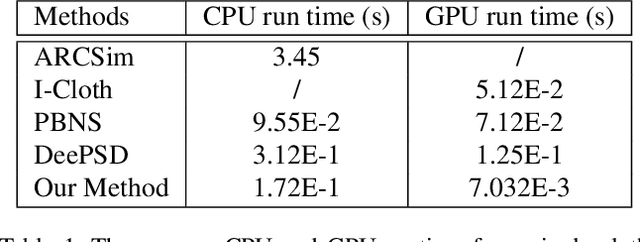
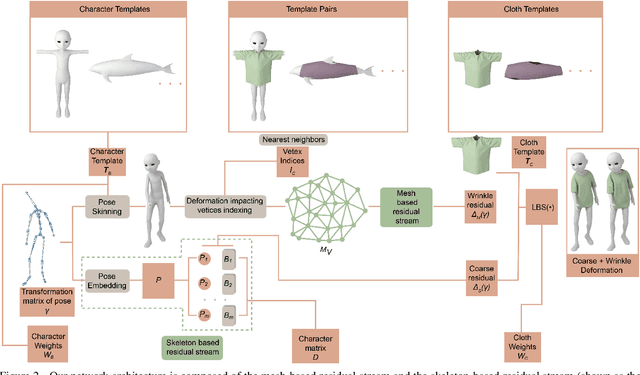
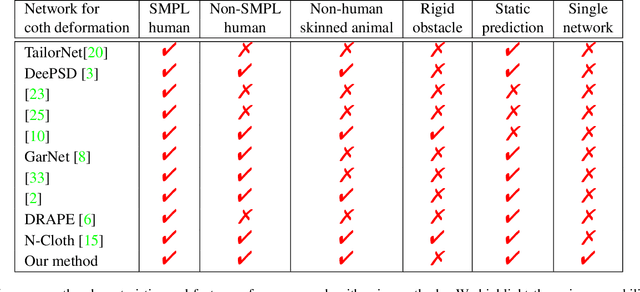
Abstract:We present a novel learning method to predict the cloth deformation for skeleton-based characters with a two-stream network. The characters processed in our approach are not limited to humans, and can be other skeletal-based representations of non-human targets such as fish or pets. We use a novel network architecture which consists of skeleton-based and mesh-based residual networks to learn the coarse and wrinkle features as the overall residual from the template cloth mesh. Our network is used to predict the deformation for loose or tight-fitting clothing or dresses. We ensure that the memory footprint of our network is low, and thereby result in reduced storage and computational requirements. In practice, our prediction for a single cloth mesh for the skeleton-based character takes about 7 milliseconds on an NVIDIA GeForce RTX 3090 GPU. Compared with prior methods, our network can generate fine deformation results with details and wrinkles.
N-Cloth: Predicting 3D Cloth Deformation with Mesh-Based Networks
Dec 13, 2021
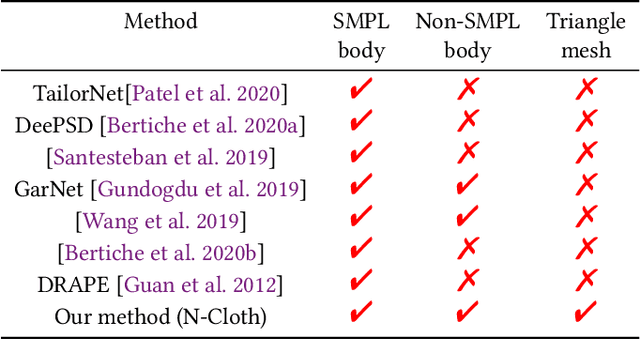
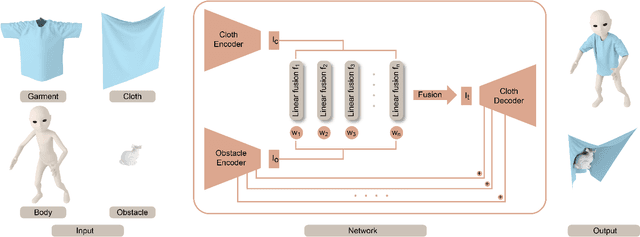
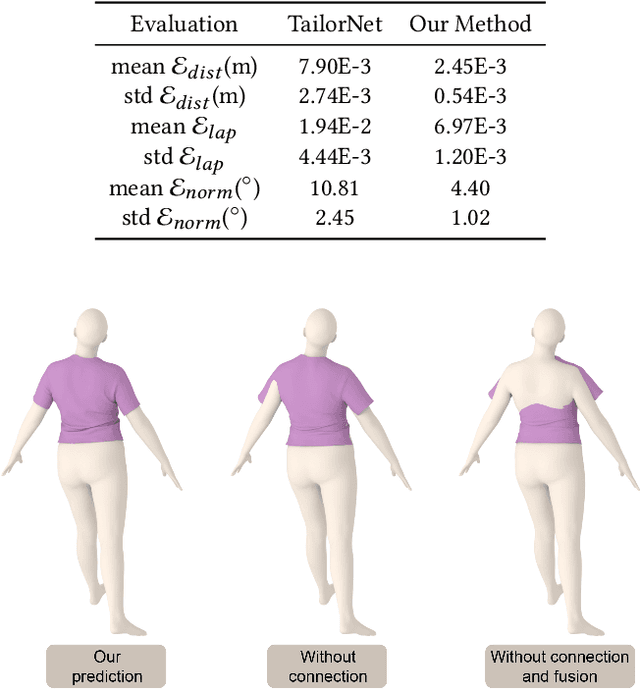
Abstract:We present a novel mesh-based learning approach (N-Cloth) for plausible 3D cloth deformation prediction. Our approach is general and can handle cloth or obstacles represented by triangle meshes with arbitrary topology. We use graph convolution to transform the cloth and object meshes into a latent space to reduce the non-linearity in the mesh space. Our network can predict the target 3D cloth mesh deformation based on the state of the initial cloth mesh template and the target obstacle mesh. Our approach can handle complex cloth meshes with up to $100$K triangles and scenes with various objects corresponding to SMPL humans, Non-SMPL humans, or rigid bodies. In practice, our approach demonstrates good temporal coherence between successive input frames and can be used to generate plausible cloth simulation at $30-45$ fps on an NVIDIA GeForce RTX 3090 GPU. We highlight its benefits over prior learning-based methods and physically-based cloth simulators.
 Add to Chrome
Add to Chrome Add to Firefox
Add to Firefox Add to Edge
Add to Edge